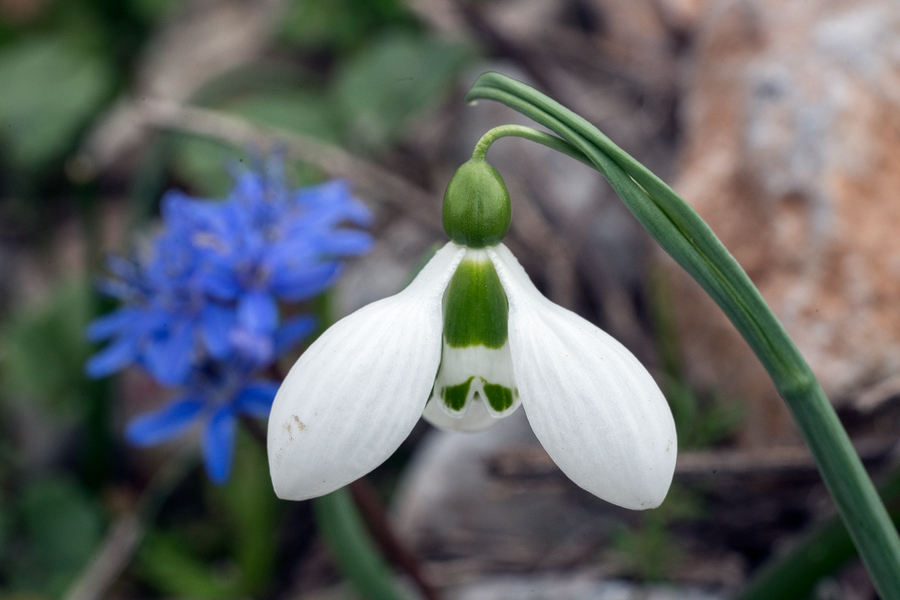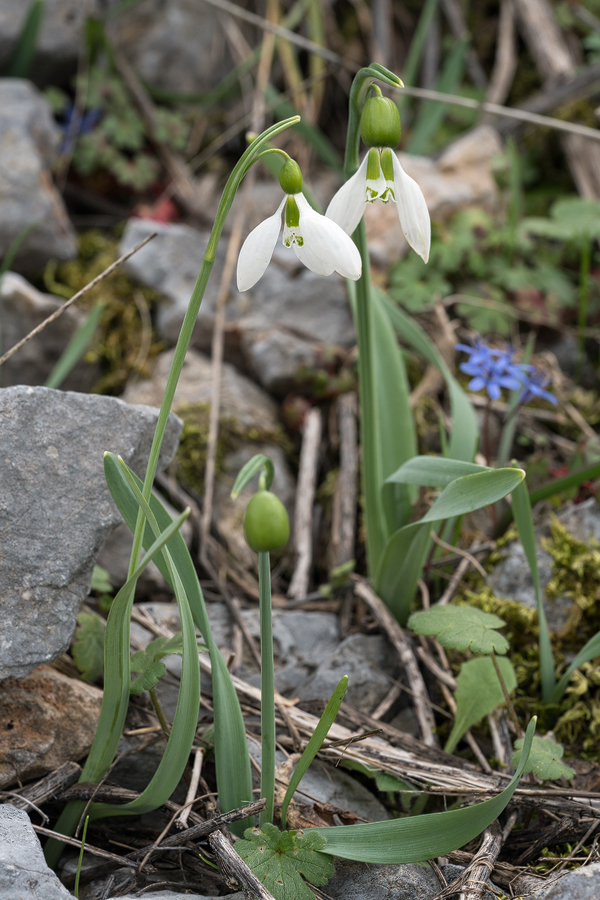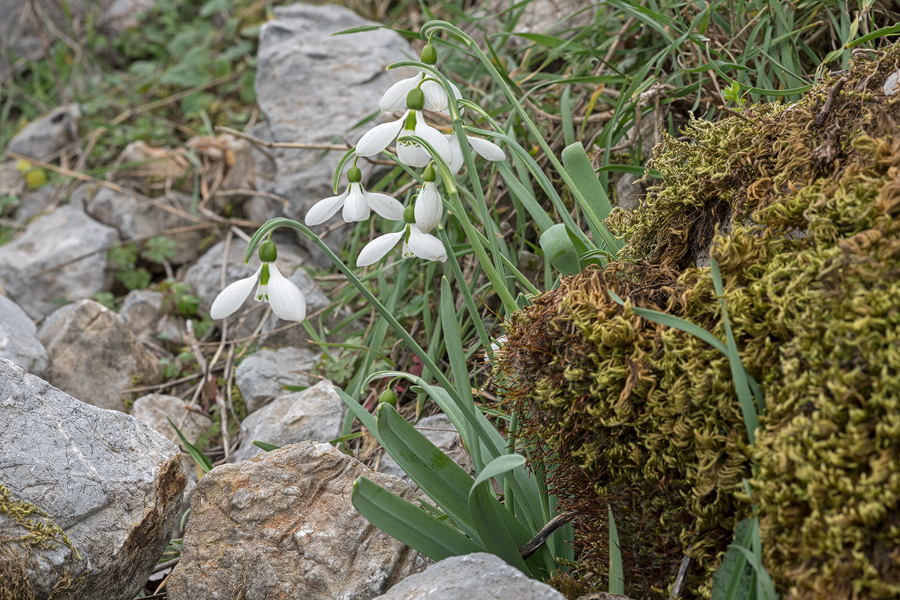All snowdrops are equal but some are more equal than others. In my opinion – on Wednesdays and Fridays – the most handsome of all snowdrop species, Galanthus gracilis probably occurs only in western Turkey. It is closely related to G. elwesii and is frequently confused with that species, with which its range overlaps. The features used to distinguish the two (principally vernation, leaf twisting and inner segment shape) are variable and often ambiguous, especially in herbarium specimens. Populations of snowdrops that look very much like G. gracilis also occur in northern Greece, Bulgaria, Romania, Moldova and Ukraine, but these appear to constitute a separate lineage and it is likely they will soon be referred to G. graecus, an old name resurrected to reflect our steadily improving grasp of the evolutionary history of the Galanthus genus.
I have seen G. gracilis in a couple of places, most recently paying a flying visit to a population near Izmir (formerly Smyrna). I saw this population last year, when it was in full, spectacular flower, in mid March but in this warm, early spring it had almost finished flowering, when I visited on 9 March. For this reason and because I was able to spend very little time there, the accompanying photographs do not represent the full range of variability within the large population.
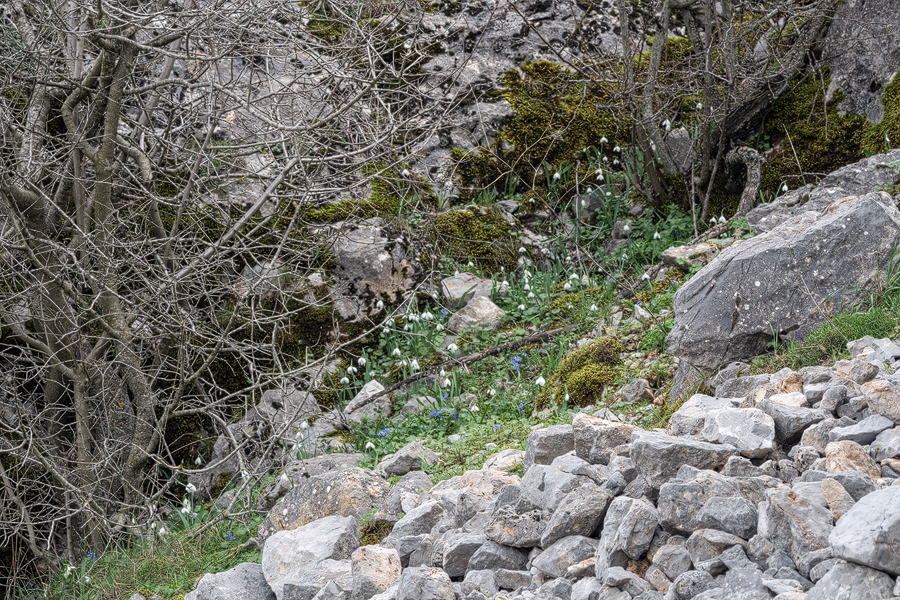
The population grows in limestone rubble at the base of north-facing cliffs. Most of the plants are further shaded by low, scrubby trees and bushes.
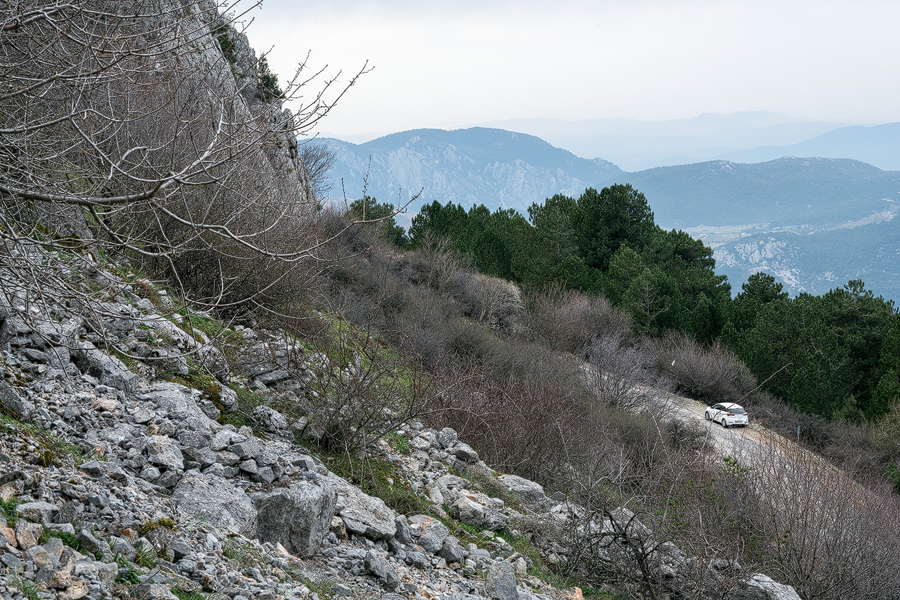
Other bulbous plants that occur in the same habitat and which were flowering at the same time include Crocus chrysanthus and Scilla bifolia.
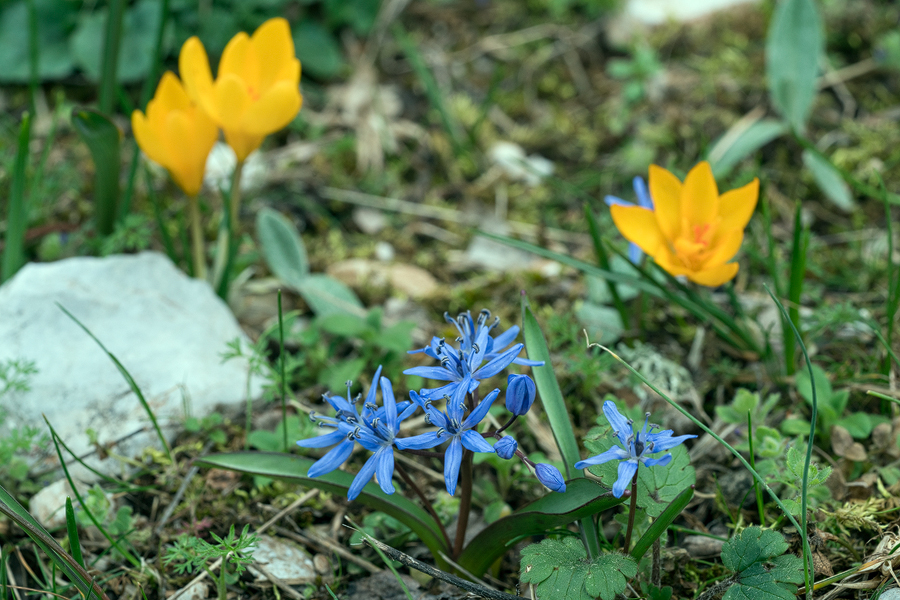
Most plants occur as single individuals or small clumps. The impression created is of strong, vigorous plants, many of which produce two scapes per bulb.

The leaves are rather narrow, linear, glaucous, conspicuously twisted and the vernation is unambiguously applanate.
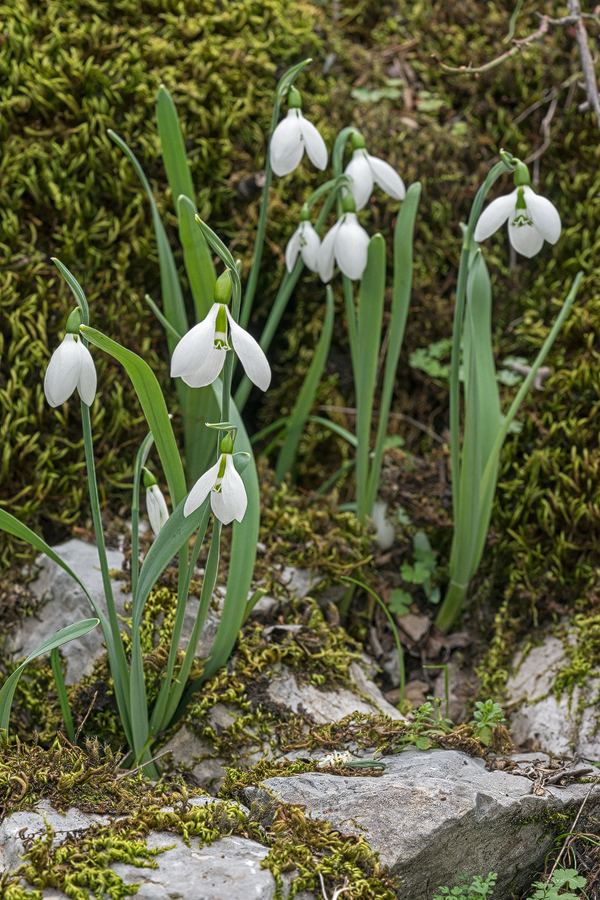
To my eyes the flowers are exceptionally attractive. They are large (outer segments between 35mm and 40mm are common), elegant, shapely and have two, striking, clearly-defined, bottle green markings on the inner segments.
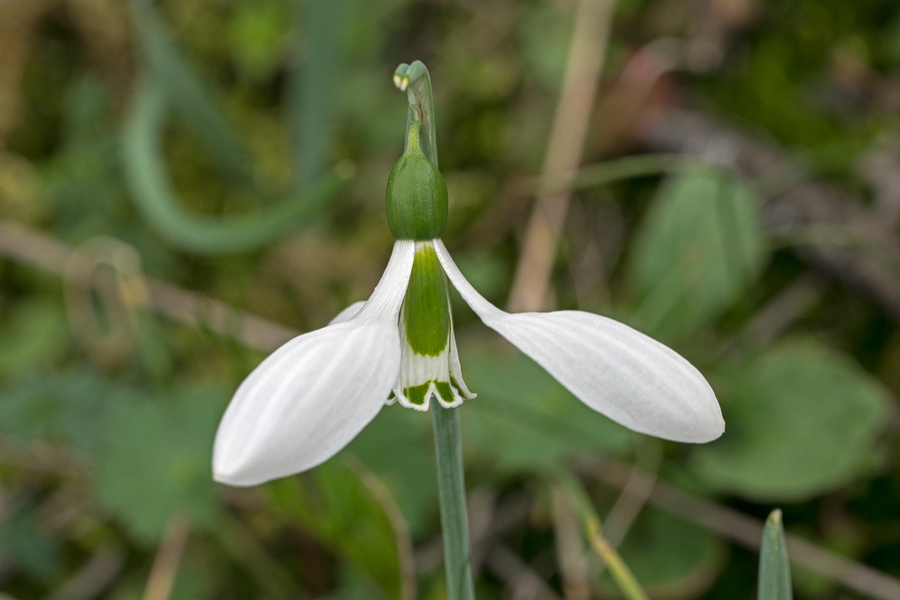
The claws of the outer segments are long and expand abruptly into the deeply concave, spoon-shaped ‘blade’ of the segments. The outer segments are frequently heavily textured with longitudinal grooves.
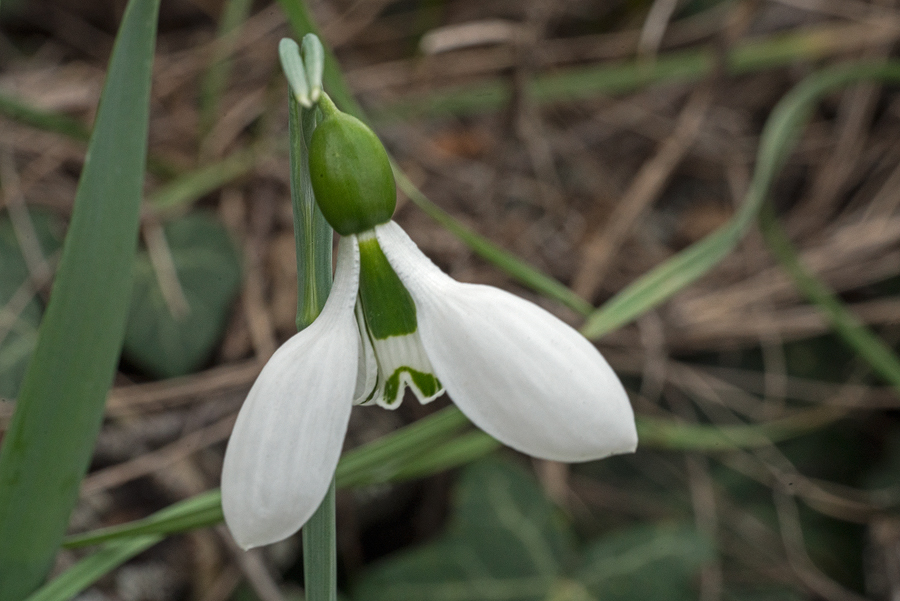
The inner segments have conspicuously flared apical margins. This feature is sometimes suggested as a way of distinguishing G. gracilis from G. elwesii, which is said not to have these flared margins. In my rather limited experience of the latter species in the wild, this is generally but not infallibly a reliable way of separating the two.
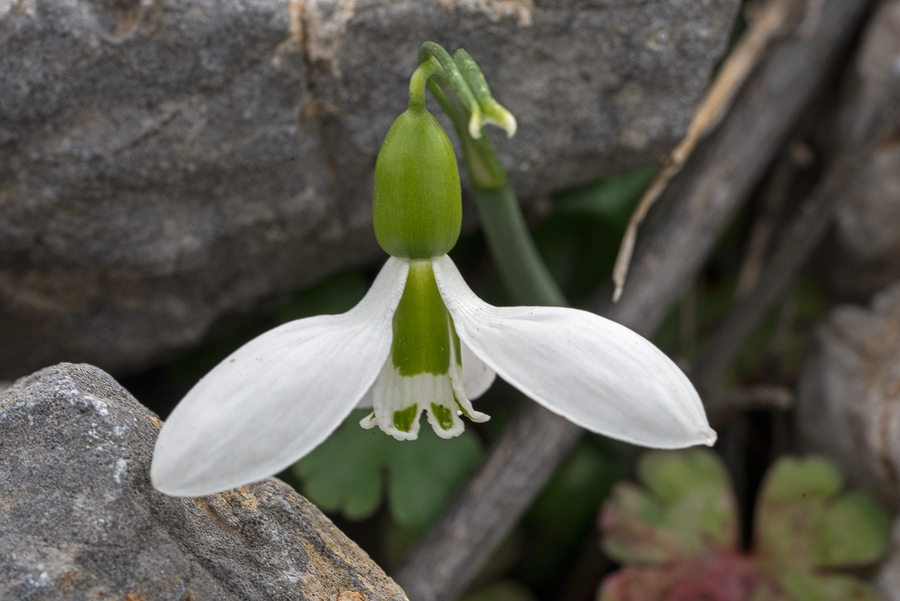
Each inner segment has two green markings , one at the base and one at the apex. As in almost every wild snowdrop population, the shape, extent and colour of these markings is highly variable. As noted above, I didn’t have time to explore more than a tiny fraction of the population and most plants had, in any case, already finished flowering, so I don’t doubt that a longer, better-timed visit would reveal much more variation.
